Glass-Fused-to-Steel (Porcelain Enameled) Storage Tanks Have Proven Long Lifetime Value
A Multi-Step Process
Porcelain enameling is a multi-step process that begins with the substrate.
The Substrate
While steel, aluminum, cast iron, copper or brass may all serve as a substrate for glass coating, steel is used for porcelain enameled tanks. The type of steel is generally determined by the requirements of the size of the tank. High-strength low-carbon (<0.10 C) interstitial-free (to permit ageing and bake hardening) steel is used for tank walls, while extra low carbon steel (<0.008 C) may be selected for the roofs of smaller tanks (for example, 17 ft – 21 ft dia). Aluminum is typically the substrate selected for domed roofs of larger tanks.
Steel sheets are blasted (or acid-etched) to remove mill scale and to provide a clean uniform near white surface and then alkaline cleaned.
After mechanically beveling the sheet edges to achieve a rounded surface, the edges are thermally sprayed with a glass edge coat.
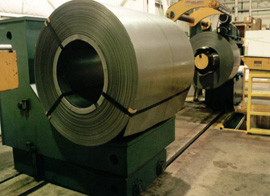
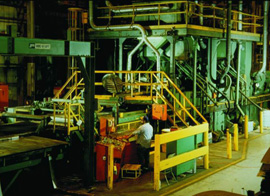
Photos courtesy of CST Storage
Low-carbon interstitial-free steel is used as the substrate for porcelain enameling.
Porcelain Enamel Raw Materials
These include frit, pigments, opacifiers and clays that are blended into a sprayable slurry called “slip.”
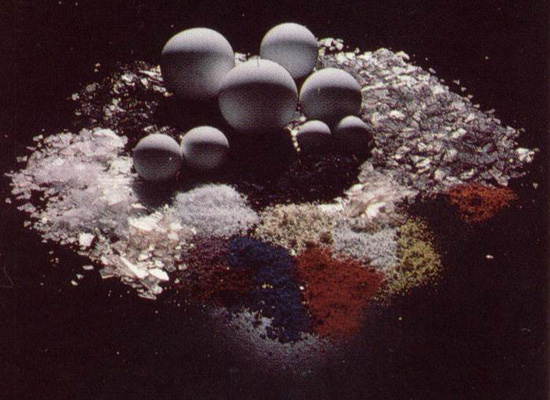
Photo courtesy of CST Storage
Porcelain enamel raw materials include frit, pigments, clays and mill additions.
Frit used in porcelain enameling is a ceramic composition formulated from borosilicate. This is a type of glass known for having very low coefficients of thermal expansion, thus making it resistant to thermal shock and less subject to thermal stress. After fusing in a special furnace the material is quenched to form a glass. Quenching or high-pressure cooling consists of high-pressure air blasts to the surface of the glass that cools the outer surface more quickly than the center. As the center of the glass cools it remains in tension while the outer surfaces go into compression—thus giving the glass strength.
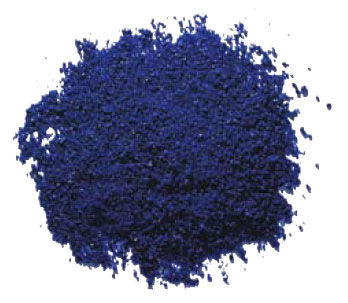
Image courtesy of CST Storage
An example of glass frit specially formulated to produce a distinctive cobalt blue glass coating.
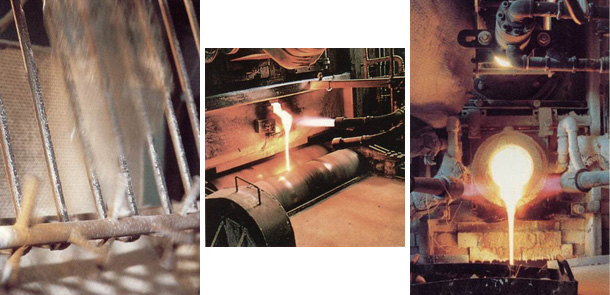
Photos courtesy of CST Storage
Glass quenching strengthens glass and is part of the frit making process.
Pigments
Pigments are used during the slip blending process for creating a desired color. They are an insoluble colored substance used as a mineral base to be added to the frit material. Pigments can be used to create extremely tight control over color variation in the finished product. Leading manufacturers use pigments in their daily inspection and slip evaluation of color quality for assurance that production matches customer expectation.
Opacifiers
Opacifiers are substances added to a material in order to make the ensuing system opaque. Additives, such as titanium dioxide (TiO2), ensure that the glass is not transparent and can cover up a darker ground coat or base coat. Titanium dioxide is an important component for maintaining high quality standards and assurance over time that the slip will perform as if it has just come out of the mill.
ClaysThe primary purpose of clays for use in porcelain enameling is as a suspension agent. In order to maintain consistency in application, clays are used to maintain a standard for how the material sprays and adheres to the substrate. Additionally, clays serve a purpose in the developing bubble structure, which is critical to the bonding process.
Slurry-making process.
Two major types of processing achieve the sprayable slurry of very fine glass particles from raw materials: wet milling and pre-milling.
- Wet milling is when all the components are ground up in water.
- Pre-milling is where the components are dry-milled in advance and mixed with water.
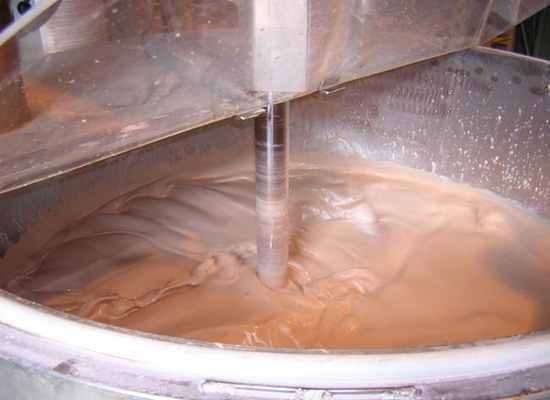
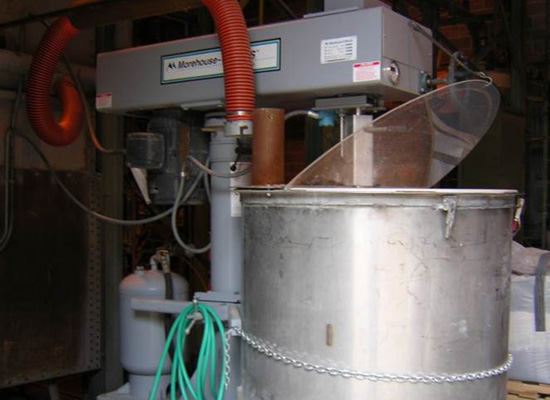
Photos courtesy of CST Storage
Pre-milling process is where porcelain enameling raw materials are dry milled in advance and mixed with water.









